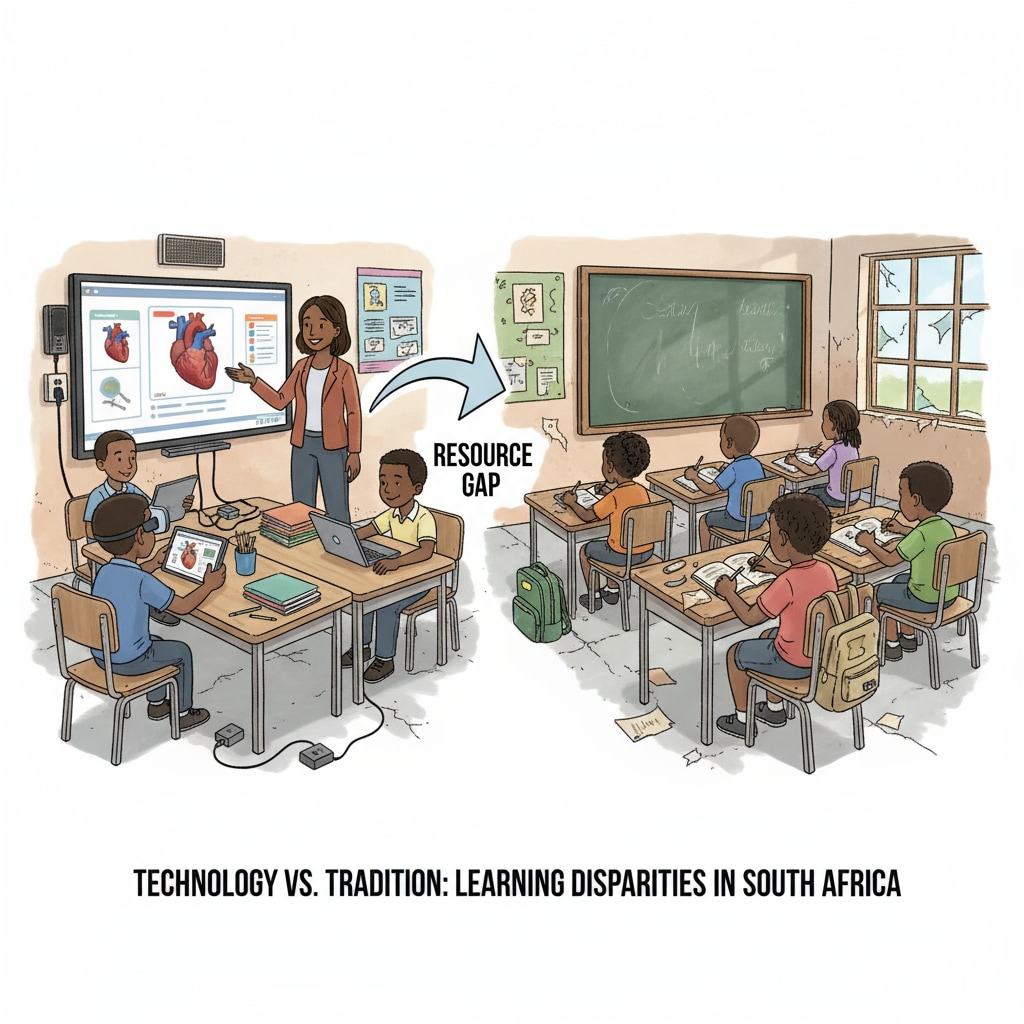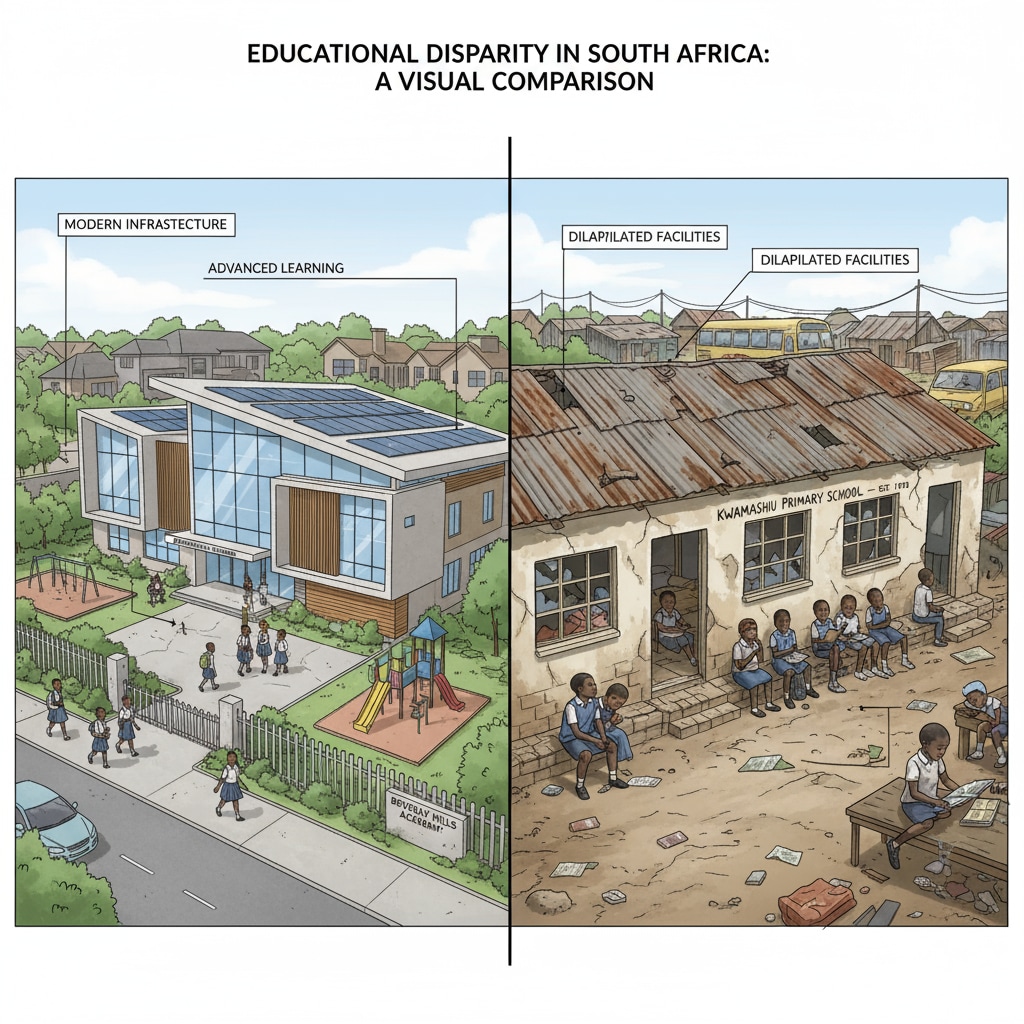Education inequality, resource gap, and education reform are crucial issues in South Africa’s K12 education system. The K12 education system in South Africa has long been plagued by deep – seated inequalities that hinder the development potential of many students.

As we analyze this complex situation, it becomes evident that a comprehensive approach to reform is needed to create a more just and effective educational environment.
The Root Causes of Education Inequality
One of the primary causes of education inequality in South Africa is the historical legacy. The apartheid era left a lasting impact on the education system, creating a divide between different racial groups. Schools in previously disadvantaged areas, mainly attended by black students, received far fewer resources compared to those in more affluent and predominantly white areas. This led to a significant resource gap that still persists today. For example, schools in poor regions often lack proper infrastructure, such as libraries, laboratories, and even functional classrooms. According to Wikipedia’s Education in South Africa page, this inequality in infrastructure has a direct impact on the quality of education students receive.

The Resource Gap Dilemma
In addition to historical factors, economic disparities also contribute to the resource gap in South African education. Wealthy areas can afford to invest more in their schools, hiring better – qualified teachers, providing advanced teaching materials, and offering a wider range of extracurricular activities. In contrast, schools in poverty – stricken areas struggle to meet basic educational needs. The lack of resources not only affects academic performance but also limits students’ exposure to different fields of knowledge and skills. As a result, students from disadvantaged backgrounds are at a significant disadvantage in the educational and future career landscapes. Britannica’s Education in South Africa entry further elaborates on the impact of resource disparities on educational outcomes.
Another aspect of the resource gap is teacher distribution. Well – resourced schools can attract and retain highly qualified teachers, while schools in less – privileged areas often have a shortage of experienced educators. This imbalance in teacher quality further widens the educational gap between different regions.
To address these issues, a series of education reform measures are essential. Firstly, the government needs to allocate resources more equitably. This includes investing in improving infrastructure in disadvantaged schools, providing sufficient teaching materials, and ensuring that all schools have access to modern educational technology. Secondly, teacher training and development programs should be implemented to enhance the quality of teachers in all schools. Additionally, curriculum reform is necessary to make it more inclusive and relevant to the diverse needs of South African students.
Readability guidance: In this article, we have explored the root causes of education inequality and the resource gap in South Africa’s K12 education system. By understanding these issues, we can better advocate for effective education reform. Short paragraphs and clear headings have been used to improve readability, and external references have been provided to support the analysis.


